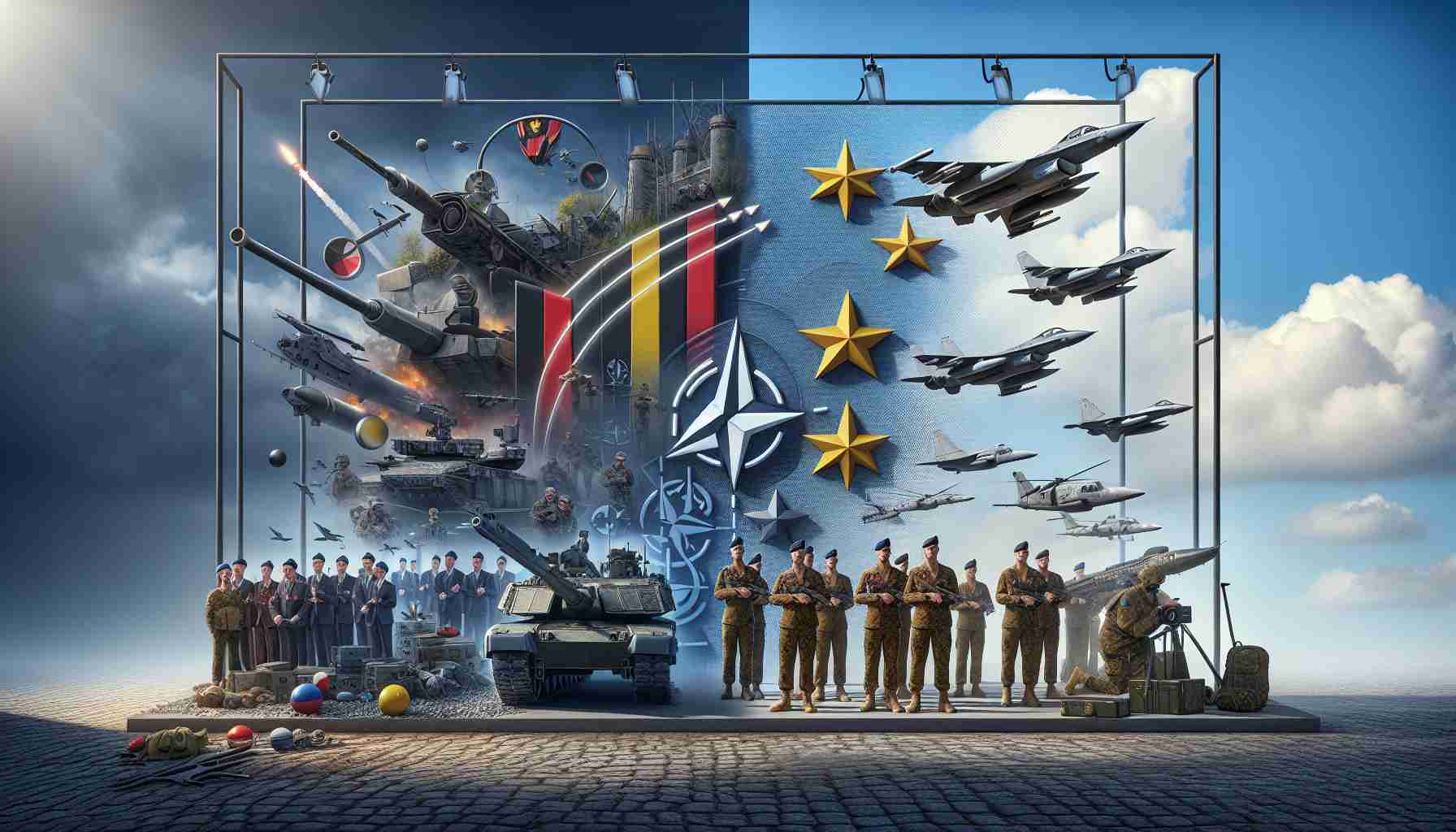- Belgium is significantly increasing its defense budget under Prime Minister Bart De Wever and Defense Minister Theo Francken.
- The country aims to meet NATO’s 2% GDP defense spending target by 2029 and expand it to 2.5% by 2034.
- This shift addresses past criticisms of low spending, previously at 1.3% of GDP.
- Plans include upgrades to air defenses, more F-35 fighter jets, an extra frigate, and enhanced naval capabilities.
- A €2.4 billion Defence Fund is proposed to support these initiatives.
- The strategy aligns with NATO and EU standards amid geopolitical tensions and emphasizes immediate munitions acquisition.
- This marks a strategic shift for Belgium, aiming to enhance its role in collective security.
Belgium, often pointed at for its meager defense spending within NATO, is pivoting from the backseat to the forefront with a sweeping revamp of its military budget. Under the leadership of newly appointed Prime Minister Bart De Wever and Defense Minister Theo Francken, the nation is set on a course to amplify its defense commitment.
With sights firmly set on 2029, Belgium plans a striking increase in military spending to meet NATO’s 2% GDP target, escalating further to 2.5% by 2034. This marks a transformative shift for a country that managed just 1.3% of GDP last year, finding itself in the company of perennial underperformers like Spain and Luxembourg.
In the halls of power and amidst strategic blueprints, an ambitious roadmap unfolds. The plans feature a slew of upgrades: modern air defenses, an expanded fleet of F-35 fighter jets, an additional frigate, and a bolstered naval presence. The government eyes the establishment of a Defence Fund that could amass a staggering €2.4 billion, driving this venture forward.
Enacted against a backdrop of geopolitical tensions, Belgium’s renewed focus aligns with NATO and EU capability benchmarks, emphasizing immediate munitions acquisition. This initiative sprouted from a gathering cry to overcome a “period of national disgrace,” where Belgium strayed from its role as a NATO founder.
The takeaway is clear: Belgium is no longer content as Europe’s military wallflower. By reinvesting and realigning its strategic goals, the nation seeks to fortify its defense stature, ensuring readiness against unforeseen threats and reaffirming its allegiance to collective security within the alliance. For Belgium, these steps signal not just a robust tactical recalibration but a resolute vision for its future role on the global stage.
Belgium’s Military Transformation: The Bold Steps Ahead
Belgium’s Defense Resurgence: Unpacking the Full Picture
In a bold move to reshape its defense stature, Belgium is making strategic shifts to improve its military capabilities and budget framework. Under the leadership of Prime Minister Bart De Wever and Defense Minister Theo Francken, Belgium is transitioning from a NATO defense spending laggard to a proactive military force.
# Timeline and Goals
Belgium aims to increase military spending to meet NATO’s 2% GDP target by 2029, with further plans to boost this to 2.5% by 2034. This is a significant change from the 1.3% GDP on defense spending recorded last year, aligning Belgium with European partners meeting NATO standards.
# Modernization Efforts
Key elements of Belgium’s military modernization encompass the following:
– Upgraded air defenses with the latest technological advancements.
– Expansion of the fleet with additional F-35 fighter jets to enhance air force capabilities.
– Acquisition of a new frigate to strengthen naval power and presence.
– Creation of a Defense Fund, potentially accumulating €2.4 billion, to support these developments.
# Strategic Context
This push for modernization is situated within a broader geopolitical landscape marked by rising tensions and security challenges. Belgium’s commitment aligns with NATO and EU defense capability benchmarks, emphasizing rapid munitions enhancement and strategic readiness to counter potential threats.
Missing Insights and Additional Context
While the source article offers a comprehensive outline, it omits several key factors and insights regarding Belgium’s defense strategy:
1. Rationale Behind Modernization: The move is partially driven by a perceived need to address past reputational issues, termed a “period of national disgrace,” reflecting Belgium’s ambitions to reclaim its role as a NATO founding member with renewed vigor.
2. Potential Challenges: The increase in defense spending may face public and political scrutiny. Balancing historical neutrality with contemporary security expectations remains crucial to garnering broad support.
3. Broader EU Role: Belgium’s defense strategy is intertwined with its role in the EU’s security framework, emphasizing collaborative defense projects and joint initiatives for broader regional security.
Important Questions Addressed
What impacts can Belgium’s increased military spending have on its national economy?
An increase in military spending could spur technological innovation and create jobs within the defense sector. However, it may also necessitate budget reallocation from other sectors or increased taxation.
How does Belgium’s military strategy align with NATO’s broader objectives?
By adhering to NATO’s GDP spending targets, Belgium contributes to collective defense efforts, enhancing interoperability and cohesion within the alliance.
How might this strategy affect Belgium’s international relations?
The shift in defense policy could strengthen Belgium’s alliances and increase its influence within NATO and the EU, positioning it as a key player in regional security.
Suggested Links
For more information on NATO’s defense expectations and member initiatives, visit [NATO](https://www.nato.int).
To explore Belgium’s broader policy developments and government initiatives, see [Government of Belgium](https://www.belgium.be).
These resources provide insights into the intricate dynamics of NATO alliances and Belgium’s policy frameworks as the country embarks on this significant defense overhauling journey.
